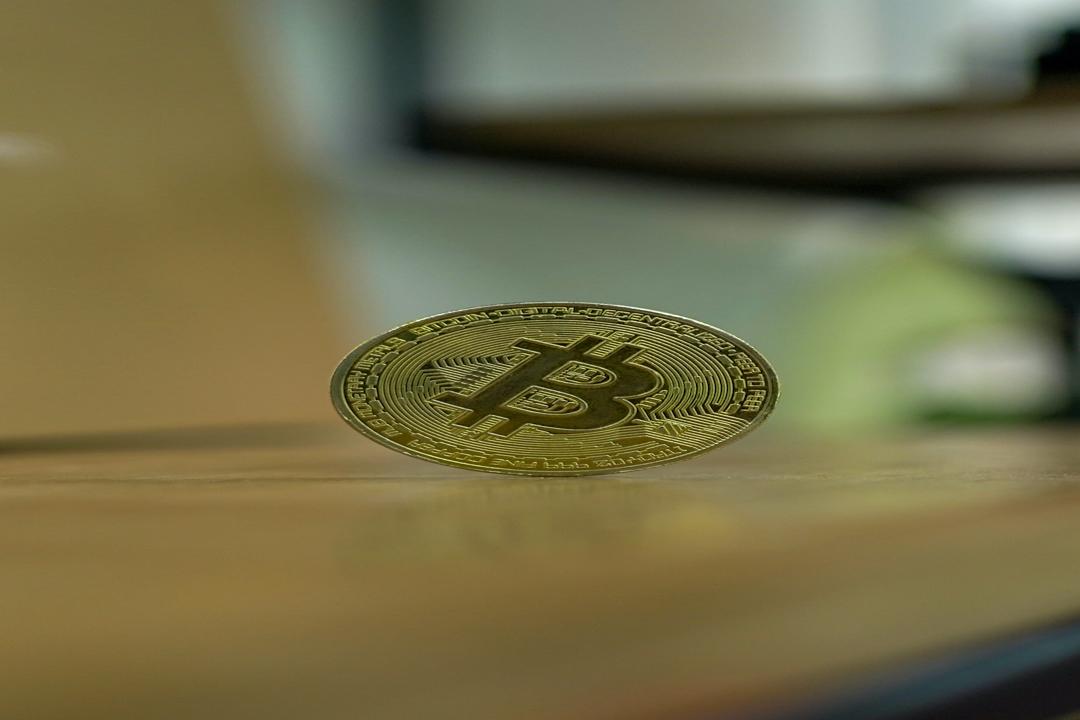DOG is emerging as the frontrunner among Bitcoin Runes, establishing itself as a clear short-term leader in the market. This innovative token, which was launched just a few days ago, has already gained significant attention, particularly for its dedication to memes.
Despite being a relatively small asset, DOG-GO-TO-THE-MOON, the Bitcoin-based counterpart to Doge-meme tokens, is rapidly expanding and challenging the prevailing narrative that blockchain is primarily a store of value.
Currently trading at $0.00377, with previous lows below $0.002, DOG aims to recover its all-time high of $0.0049, achieved shortly after its initial trading.
In an attempt to emulate the success of meme tokens, Runes are also venturing into social media. In recent weeks, rune trading has experienced considerable growth, reaching a daily volume of approximately $30 million, with $20 million specifically attributed to DOG trading.
The success of DOG has largely contributed to the overall market capitalization of rune tokens. Although other valuations are as low as $62,000, only a few Runes are currently listed, while others may be created discreetly. DOG’s progress is paving the way for other assets to enhance their infrastructure and attract more traders.
Since its launch, over 40,000 new tokens have been created, resulting in more than 3 million transactions. However, the market value and use cases of these assets remain uncertain, and many new Runes may never gain significant traction.
Casey Rodarmor, the creator of the Runes protocol, has emphasized the growing market capitalization of Runes, aiming to reach a total valuation of $1 billion for all assets. Rodarmor also encourages the development of meme-type assets, which often play a crucial role in popularizing new trends and fostering the creation of new infrastructure.
As Bitcoin-based token assets strive for recognition, Runes have emerged as a relatively late but promising standard. Unlike previous attempts such as ordinals, RGB tokens, and Taproot tokens, Runes offer a lightweight solution that does not burden the blockchain while ensuring a secure record. Despite initial skepticism about Runes’ viability, the DOG price rally has revived enthusiasm for this new standard.
In recent days, there have been indications of a growing queue of buyers eager to invest more in DOG, anticipating a further rally in its price.
However, DOG is still a new and untested asset, and its main challenge lies in the absence of reliable markets. Early adopters of Rune trading may find themselves holding onto their assets without the necessary infrastructure to quickly sell them.
Nevertheless, DOG has gained several listings on exchanges, with OKX Runes being the first to welcome this experimental rune. Subsequently, DOG was added to Gate.IO, which accounts for over 90% of all trading. Other exchanges, including Bitget and Bitmart, have also listed DOG. There are hopes of securing listings on major exchanges such as Binance and Kraken, but it is not guaranteed despite the general interest in Runes.
Additionally, Runes are disrupting other Bitcoin-based tokens, particularly BRC-20 tokens, and are gaining prominence in transaction counts as this new asset class gains momentum.
As Runes have only been in existence for just over a month, they still need to establish and defend their position in the market. DOG, in particular, has the potential to rejuvenate the standard and foster the development of new applications.
Overall, the emergence of DOG and the growing popularity of the Runes protocol are reshaping the landscape of Bitcoin-based tokens, offering new possibilities and challenging existing norms.

